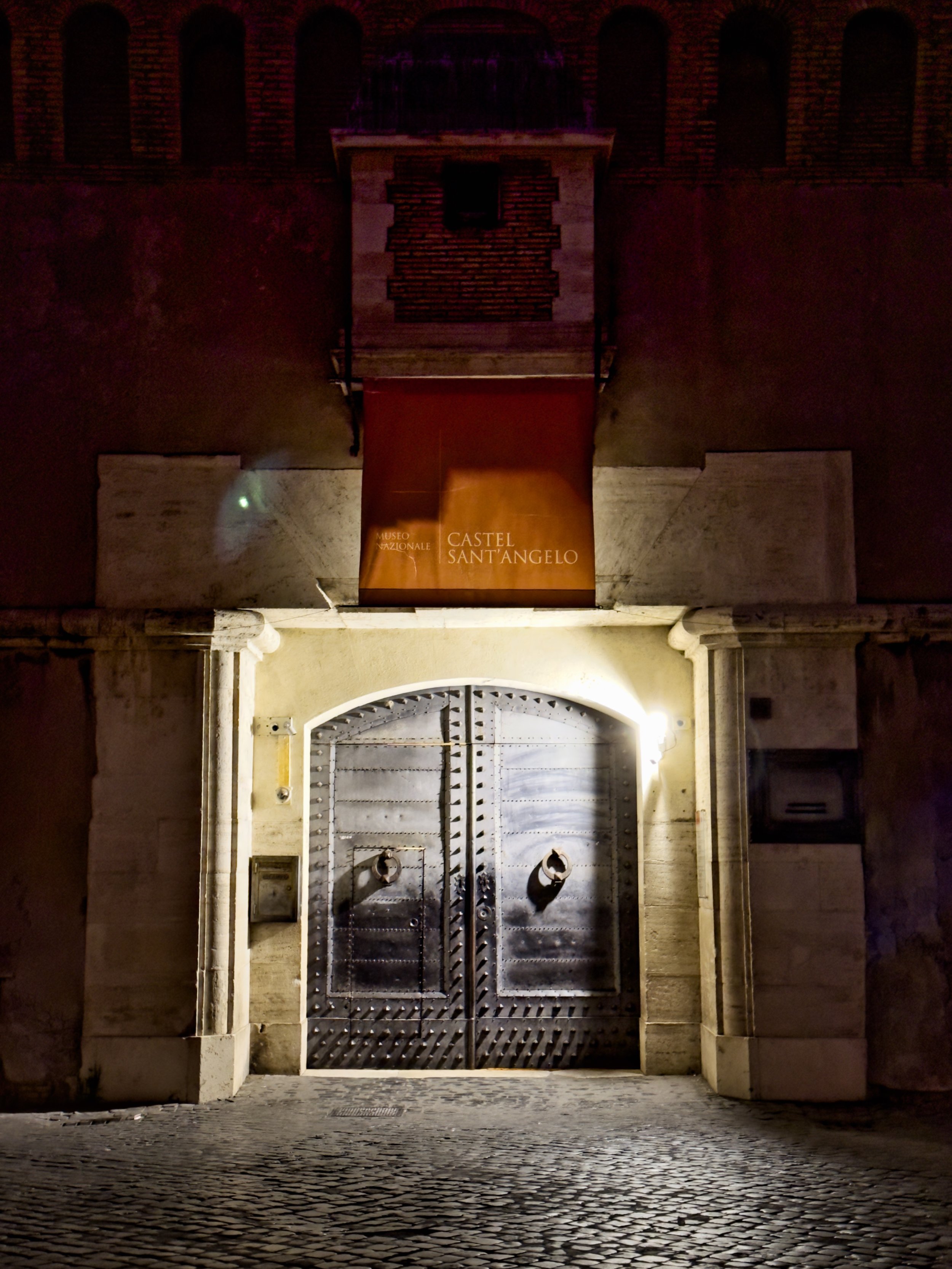HAPPY NEW YEAR, PLEBS!
While New Year’s festivities are documented as far back as ancient Babylon. I haven’t obsessed (yet) about the ancient near East, so I’ll stay in my comfort zone and tell you how the ancient Romans welcomed the new year.
It’s Piazza Euclid today, but it’s the ancient site of holy water drinking and virginity losing on New Year’s.
For most of the later centuries of the 1st millennium BC, New Year’s was celebrated on March 15th. Its proximity to the spring equinox made sense; it marked the return of life and abundance. The Italian goddess Anna Perenna was the benefactor of worshippers’ devotions in these early days. Celebrations included trekking to a nearby valley near present-day Piazza Euclid to drink from a holy spring, along with losing one’s virginity in the valley as a way to ensure good omens.
While “Anna Perenna” sounds like the lady from Accounting who distributes your paycheck, the name is likely derived from a Latin prayer uttered at New Year’s: ut annare perennareque commode liceat - “permission to live in and through the new year to our liking.” Even if, like me, your Latin and Romance languages are rusty, a quick glance appears to reveal both ‘annual’ and “perennial,’ making it appropriate for the date.
Beyond its religious importance, the first of the year was politically noteworthy. By the start of the Republic in 509 BC, each of the 2 new consuls - the highest elected office available - would take their oaths on New Year’s Day, March 15th.
Coin depicting Janus, famously two-faced but probably not in the way your middle school friend was.
In 153 BC, January 1st was decreed the start of the new year. The reasons for this are unknown but perhaps relate to the influence of Numa, the revered 2nd king of Rome known for establishing religious traditions centuries prior. Now, the focus shifted from Anna Perenna to the enigmatic Janus, god of gates and doorways. Janus is famously two-faced, and this imagery perfectly signified the date: one face looking back on the previous year, the other forward to the coming one. As mentioned previously, as the god of beginnings, Janus was honored with his own month, Ianuarius, which inaugurated the new year and is better known to us as January.
Public celebrations were joyful and an extension of Saturnalia in many ways. It was customary to wish one another happiness with a handshake and a kiss. Decorations and lights marked the day and might have simply stayed in place from the festivities a week or two prior. Similarly, gifts were small, insignificant things like a twig (gee, thanks!) or something flavored with honey. It was thought this sweetened all the days of the year. Awww …
Doors to Hadrian’s Mausoleum (aka Castel Sant’Angelo). Stands to reason Janus is god of these, too. Props to Rome Photo Fun Tours for pointing out this shot.
“If the original March 15th date of New Year’s celebration sounds familiar, it’s because it’s the Ides of March. That date was already known to the Romans by the time Julius Caesar’s assassination turned it from one of significance to one of infamy, a sense it retains today. When retooling the calendar in 46 BC, Caesar retained January 1st as the start of the new year. It’s fitting, then, that Caesar is notable on both traditional dates of the new year 3/15 and 1/1. For someone who seemed to have his hand in every pot, this seems perfectly Caesarian.”
New Year’s feasts were lively affairs. Entertainment could feature jugglers and stand-up comedians. Of course, a generous tip was expected if you responded favorably to their antics. Dice games were common, and the streets were filled with boisterous, bawdy songs. Revelers were pleasantly sloshed as is often the case on our own New Year’s Eve. In short, a happy 1/1 foretold a happy year, so big smiles were a common sight on that day.
Private observances, on the other hand, were solemn occasions. Resolutions featured promising Janus good behavior starting in January. During the empire, 1/1 was the day to swear oaths of allegiance to the emperor and your army general. Gossip and excessive labor were frowned upon. Sacrifices were made reverently, first to Janus, then other big guns like Jupiter and Juno, and finally concluded with the household gods such as the pares, manes and genii.
Sacrifices in ancient Rome had to go just right; a horse with a game leg or a recalcitrant goat who resisted slaughter wouldn’t do. In fact, a sacrifice had to be repeated until everything was perfect. This was no less true at the start of the year. On New Year’s Day in 41 AD, the emperor Caligula sacrificed a bull which was found to be lacking a liver. Details are hard to find but perhaps he refused to conduct the sacrifice again, therefore making this inauspicious sign stick. Whatever the next steps, the incident motivated the Praetorian guard - Caligula’s personal bodyguard - to slay him 23 days later. No doubt incest, treason trials, and homicidal tyranny gave them plenty of other reasons, too.
There were also unlucky associations if the new year occurred on a given day. A Monday augured inflation and dying children. Rather than reflect that New Year’s 2024 is on a Monday, let’s instead, worry about 2030, the next time a Tuesday kicks off the year. All we should fear then are plagues and fires. (Well, if that’s all …). The turning of the calendar page could signify big changes, too. The truly dreadful emperor Commodus was assassinated on New Year’s Eve, 192 AD. After his concubine’s poisons failed to do their job, his wrestling partner, Narcissus, strangled the tyrant in his bed or bath. Whether in bed or bath, the athlete certainly went above and beyond for the people of Rome. (I’ll see myself out).
The Tomb of Caecilia Metella, built late 1st century BC to honor the wife of Marcus Licinius Crassus. Crassus served alongside Julius Caesar and Pompey the Great in the first triumvirate. It’s conceivable her family came here on New Year’s to honor her memory. I have no idea if that’s accurate, but humor me and imagine it anyway.
As was often the case, in the 4th century AD, the court of Constantine the Great was where fun came to die. He mandated prayer, fasting and contemplation on January 1st. A century later, the empire abolished celebrations of any kind. So today, be grateful you can watch the NFL, drink beer and scarf down nachos on 1/1. But even if we observed Constantine’s rules today, you’d only have to wait one more day. Your holiday waistline might thank you.




